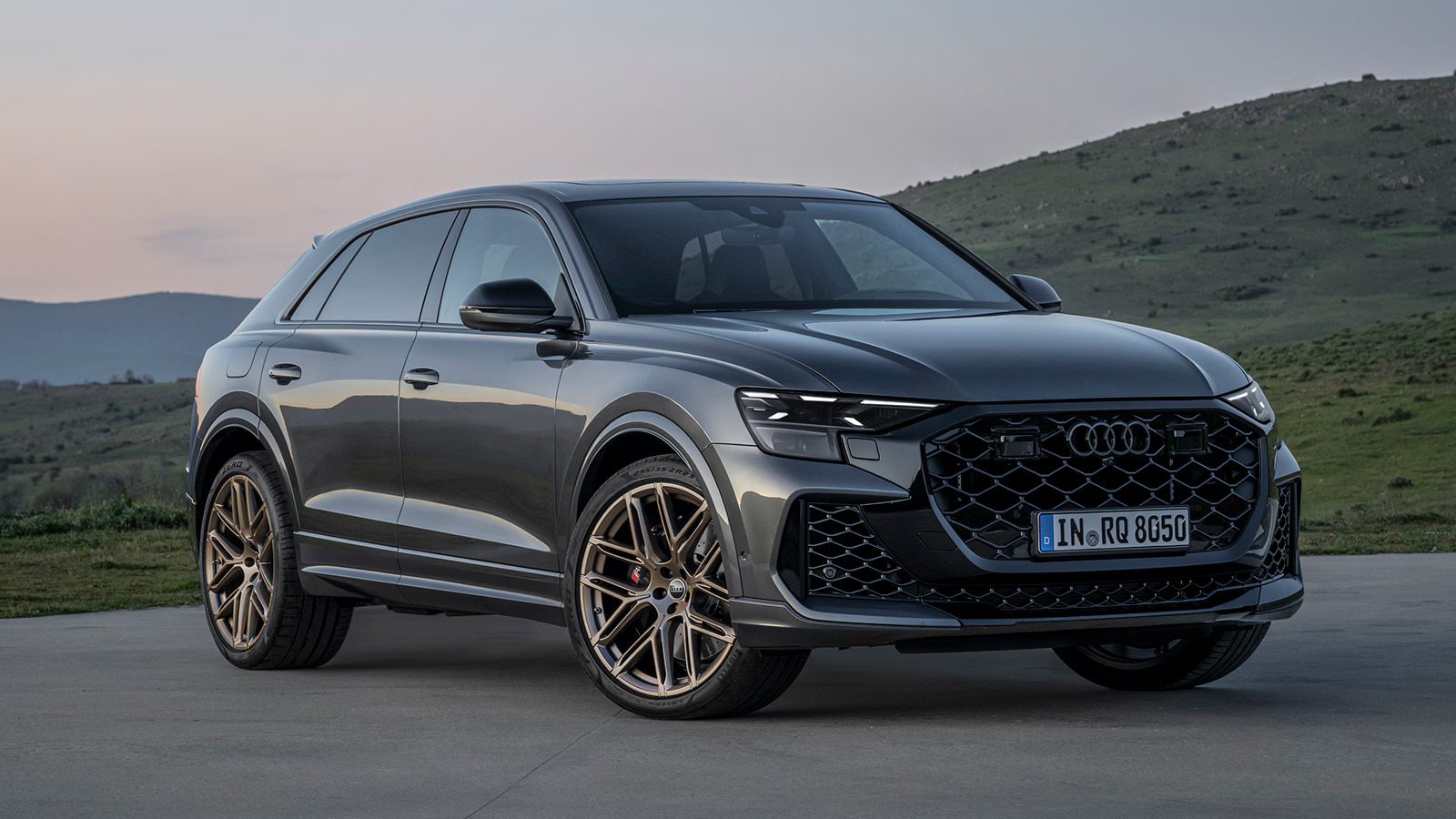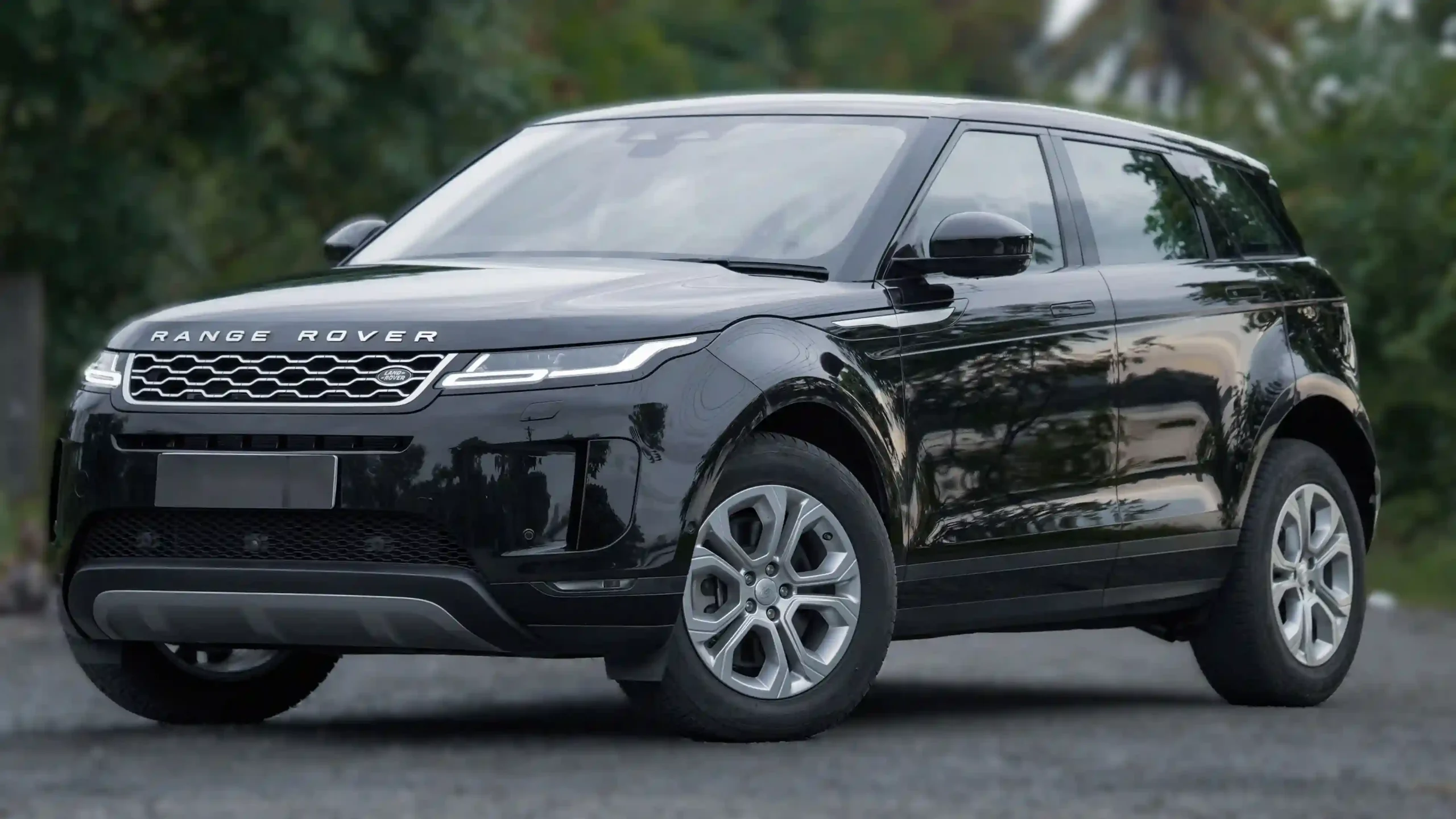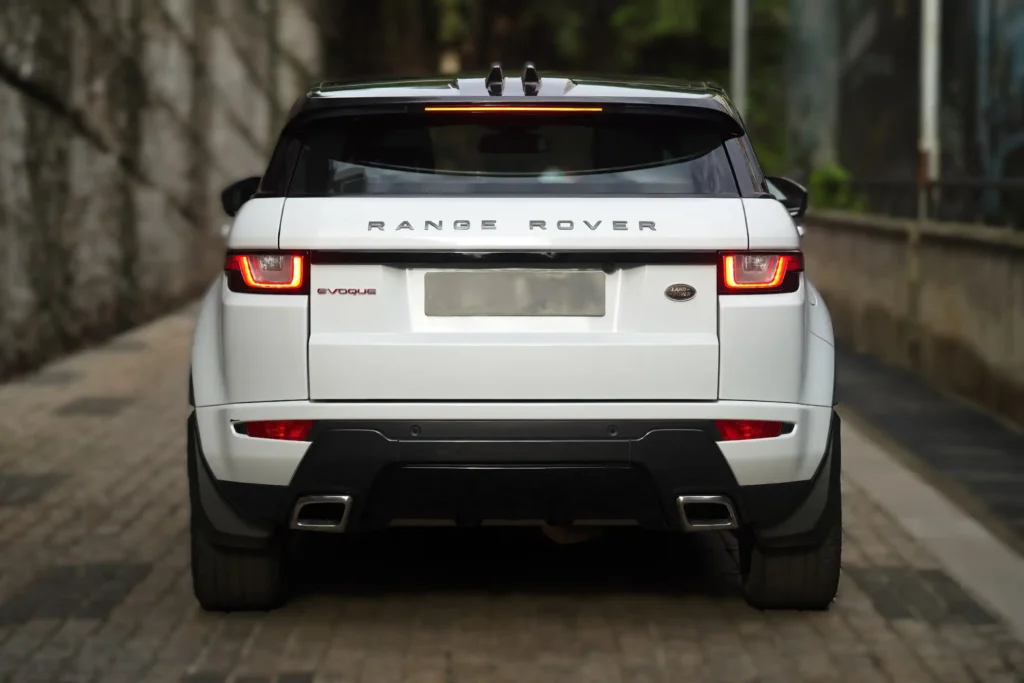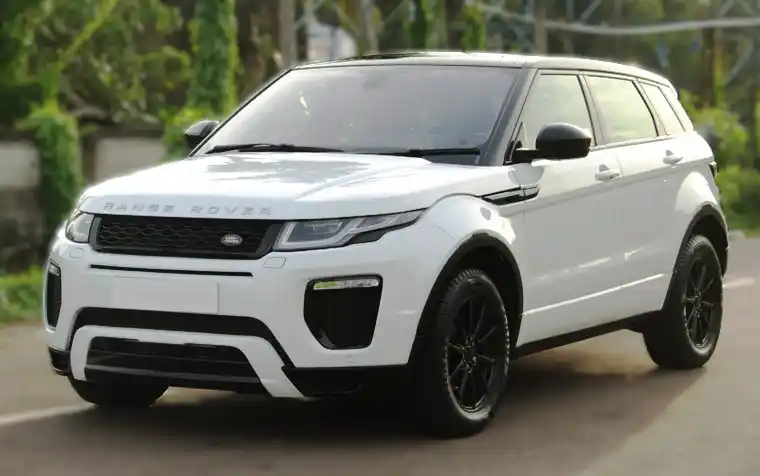Audi Q8 48V Battery Replacement Issues Explained, the Audi Q8 is known for its luxury, performance, and modern mild-hybrid technology. One key part of that tech is the 48V battery system, designed to improve fuel economy and power delivery. But like any complex system, the Audi Q8’s 48V battery isn’t without its problems. In this blog, we’ll dive into the common issues, causes, early warning signs, and how you can avoid expensive battery failures.
What is the Audi Q8 48V Battery System?
Let’s briefly understand what the 48V system is utilized for before we get into the problems. The Audi Q8 uses a 48-volt mild hybrid system that augments the engine by providing additional push during acceleration and enabling features like extended start/stop functionality. It’s a separate system from the regular 12V battery that powers your car’s essential electronics.
The 48V battery mainly powers:
- The mild-hybrid motor-generator
- Start/stop system
- Energy recuperation during braking
- Smoother acceleration support
Common Audi Q8 48V Battery Problems
- Battery Drain and Power Loss
- Many owners report that the 48V battery drains faster than expected, causing start/stop failure or even a dead car. This can be due to:
- High temperatures affecting battery cells
- Excessive short-distance driving
- Software glitches in the energy management system
- Many owners report that the 48V battery drains faster than expected, causing start/stop failure or even a dead car. This can be due to:
- Warning Lights and Error Messages
- Sometimes the dashboard throws battery system errors like:
- “Electrical system: malfunction”
- “48V Battery: Limited functionality”
- “Start/Stop System: Unavailable”
- Sometimes the dashboard throws battery system errors like:
These alerts usually mean the battery is not charging properly or has dropped below the optimal voltage level.
- Reduced Start/Stop Functionality
- If your Q8’s start/stop system stops working or takes longer to restart the engine, it could be a sign that the 48V battery is weak or not communicating properly with the vehicle’s ECU.
- Complete System Failure
- In extreme cases, a failing 48V battery can cause a full shutdown of the mild-hybrid features, leading to:
- Loss of smooth coasting
- Higher fuel consumption
- Strain on the 12V battery system
- In extreme cases, a failing 48V battery can cause a full shutdown of the mild-hybrid features, leading to:
Causes Behind the 48V Battery Problems
- Heat and Climate Stress: High temperatures degrade the lithium-ion cells inside the 48V battery.
- Software Glitches: Outdated firmware or errors in the Battery Management System (BMS) can cause performance issues.
- Aging and Wear: Over time (typically 4-6 years), the battery naturally loses capacity.
- Charging System Malfunctions: A faulty alternator or generator belt can impact how the 48V system charges.
- Driving Patterns: Too much city driving without allowing proper recharge cycles stresses the battery.
Warning Signs to Watch For
If you notice any of the following, your Audi Q8’s 48V battery might be at risk:
- Frequent dashboard warnings
- Rough engine restarts
- Deactivated start/stop system
- Unusual electrical behavior (lights flickering, infotainment lagging)
- Increased fuel consumption without explanation
How to Avoid Audi Q8 48V Battery Problems
- Regular Software Updates
Always keep your Audi’s software updated at the dealership to prevent battery management errors. - Healthy Driving Habits
Occasionally take longer highway drives to allow the system to recharge fully. - Routine Inspections
Ask for battery health checks during regular servicing — many dealerships offer it for free. - Avoid Extreme Temperatures
Whenever possible, park your Audi Q8 in shaded or covered areas during hot weather. - Address Early Warning Signs
Don’t ignore warning lights. Early diagnostics can save you from costly full battery replacements.
Audi Q8 48V Battery Replacement Issues Explained, the Audi Q8 48V battery is a brilliant innovation, but it requires a little extra care compared to traditional car batteries. By understanding the common issues, staying alert to early signs, and following simple maintenance tips, you can extend the life of your 48V system — and keep enjoying that smooth, luxurious drive without unexpected breakdowns.








